Choose Your Language
Request a Quote
Automotive EV
- Home
- Industries
- Electric Vehicle
Our thermoplastics solutions can help reduce vehicle weight, improve strength, meet CTE, EMI, Flame Retardant requirements, and can also often be used as alternatives to rubber in certain applications. From commodity to specialty materials for exterior, interior, lighting, battery, under-the-hood, cable and wiring, jacketing, and advanced driver assistance system applications, we can help you find an ideal material solution that meets your sustainability, regulatory and performance goals.
As a trusted expert in the automotive, mobility and transportation space, we can help find solutions that adhere to automotive original equipment manufacturers’ (OEM) safety, testing and performance-based standards, including the following:
Whether it’s material specification, part design, troubleshooting and review, production part approval process (PPAP) assistance, or even assistance during manufacturing trials, we can help you tackle your material challenges.
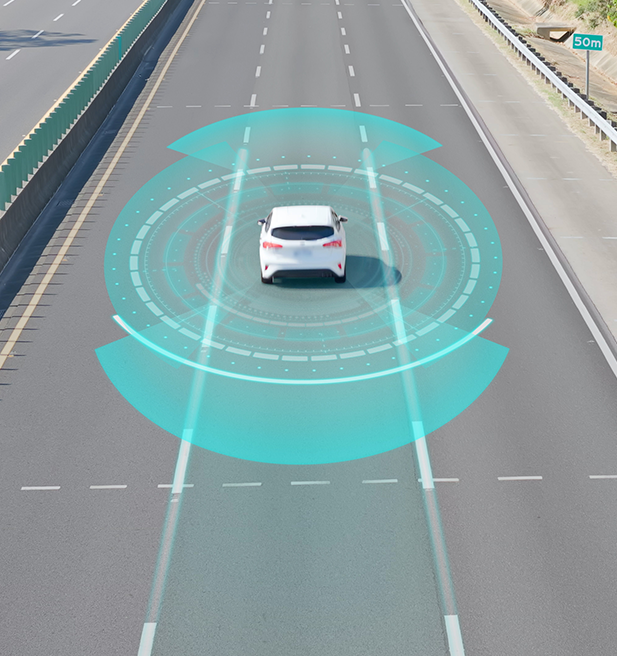
Advanced driver assistance systems (ADAS) are quickly becoming the norm. We offer a number of thermoplastics that provide excellent chemical resistance, dimensional stability, UV stability, low warpage and creep, IR transparency, EMI shielding and more.
What are important plastic characteristics for ADAS related sensors, enclosures and mounts?
ADAS is a broad range of external and internal sensors that protect the vehicle and its occupants. The enclosures and mounting brackets that house the electronic sensor are often plastic and have very stringent requirements depending on their location in the vehicle.
What plastic materials are used in ADAS enclosures and mounting brackets?
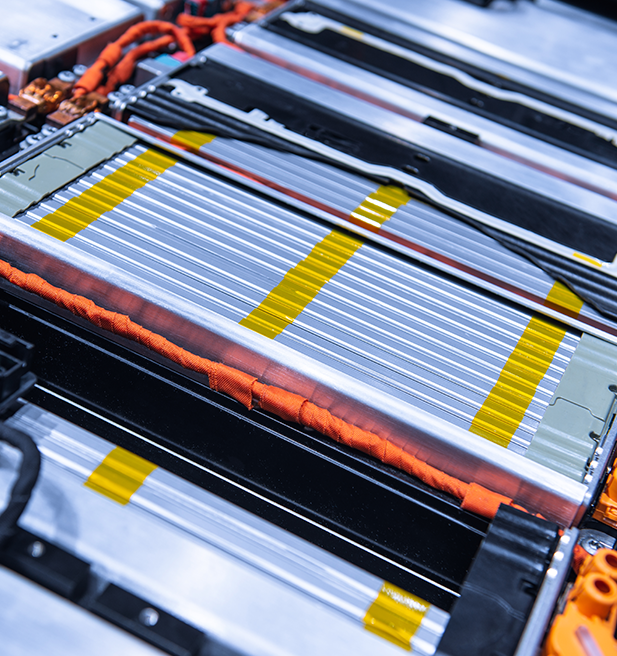
We provide a broad portfolio of high-performance thermoplastics for EV batteries. From battery cases, module housings, busbar and connections, to cooling systems for the battery and drivetrain, we can help you find an ideal material solution.
What requirements are important with the electrical and battery system?
The Electrical and Battery components are evolving continuously as are the system requirements from the OEM’s and Government agencies. One of the largest concerns is thermal runaway of the battery and how to protect the occupants. Flame retardant plastic materials are used in most of the electrical mgmt. system for this purpose. Electrical insulative Tracking voltages and temperature ratings are also important. The battery case, cover and heat mgmt. system is another area where plastic materials are starting to be integrated. Stiffness and Impact resistance are important for these components.
What plastic material are used in the electrical and battery components?
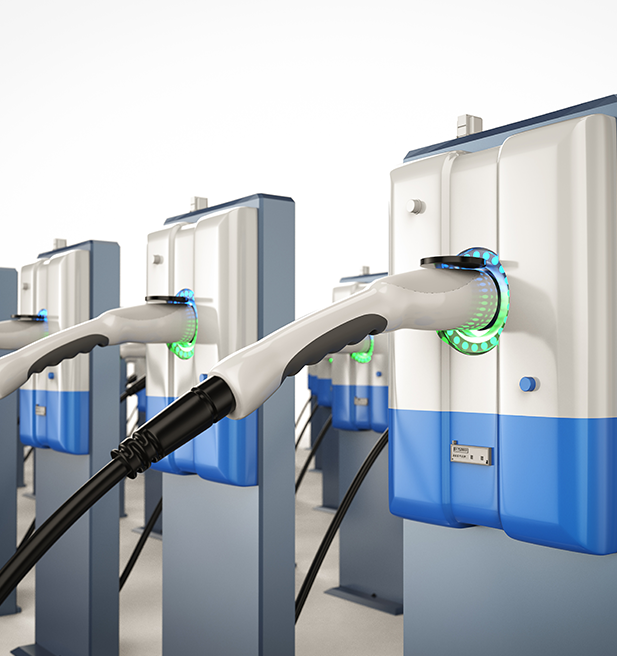
Charging stations typically require thermoplastics that have a wide variety of properties, including: chemical resistance, UV/weatherability, flame retardant, impact resistance, hydrolytic stability, and thermal resistance.
Materials to consider for charging stations include:

We offer a broad portfolio of high-performance thermoplastics for exteriors, including body side molding, bumpers, door handles, electric vehicle (EV) chargers, fenders, gas tanks, grills, mirrors, rocker panels, step bars and step pads.
Materials to consider for automotive exterior applications include:
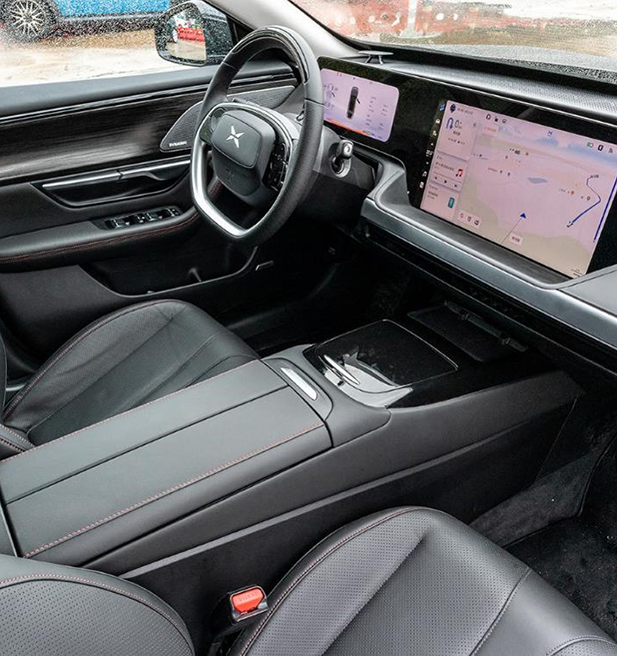
For EV automotive interiors, we offer materials that are lightweight, deliver heat stability, resistant to scratches, and “soft touch” or low stickiness for center consoles, cup holders, door panels, grips, handles, headliners, instrument panels, mats, mirrors, roof consoles, seats, shifters, sun visors, trim and more. With an increased emphasis on haptic technology and human and machine interfaces, we also distribute films, coatings, and other materials with antimicrobial properties.
Materials to consider for automotive interior applications include:
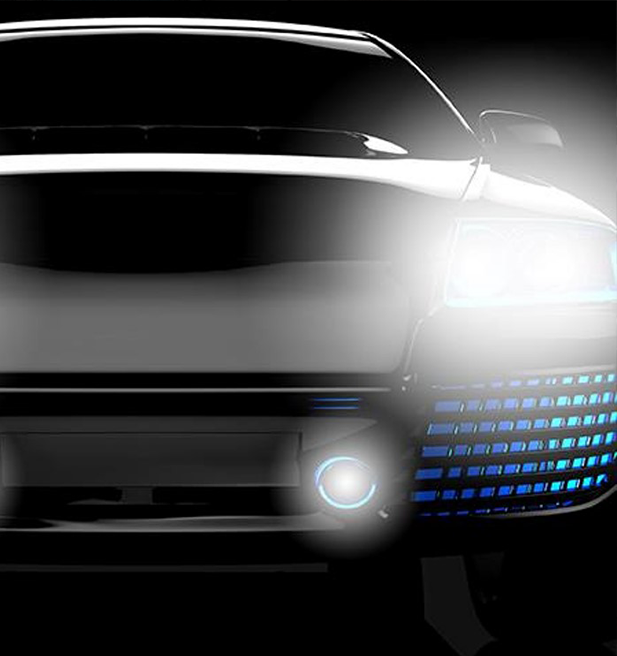
The traditional areas of the EV vehicle, including the grille and interior, as well as new technology like Advanced Driver Assistance Systems, are becoming a clean slate for lighting and sensor integration. We offer a number of thermoplastics that provide excellent light transmission and transparency, heat resistance, shatter resistance, and the ability to be highly moldable for headlights and taillights.
Materials to consider for automotive lighting applications include:
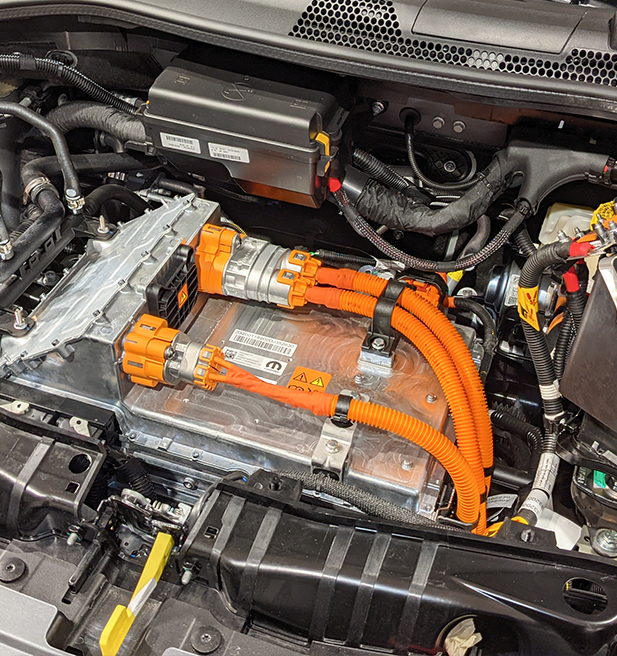
Under the hood thermoplastics are often required to provide functionality in extreme temperature ranges, durability and resistance to chemicals. Applications include air ducts and intakes, batteries, bumpers, cowl vents, engine covers, fans, fluid bottles/containers/reservoirs, HVAC equipment, plugs, shrouds and much more.
Materials to consider for under the hood applications include:
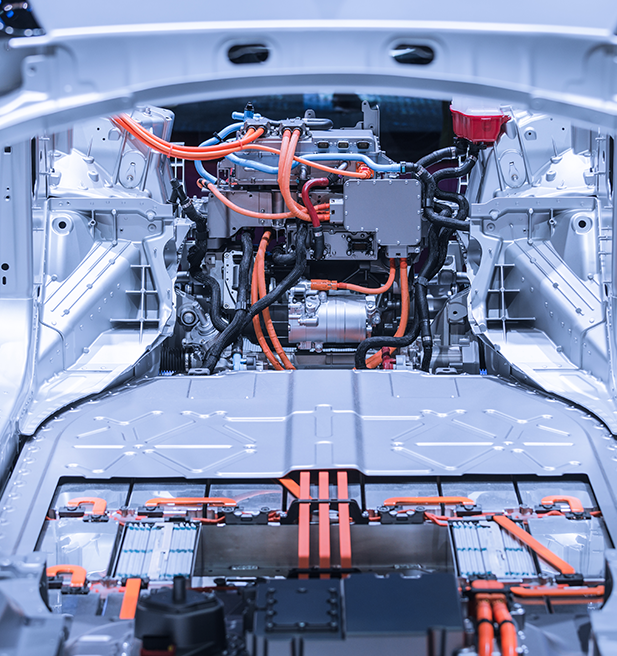
We offer thermoplastics materials for automotive wire and cabling and jacketing applications that are designed to be flexible; chemical, weather, flame and ozone resistant; and withstand low temperatures. These materials typically have excellent physical and mechanical properties that can be an alternative to rubber solutions.
Materials to consider for wiring and cabling applications include: